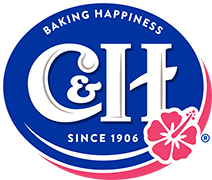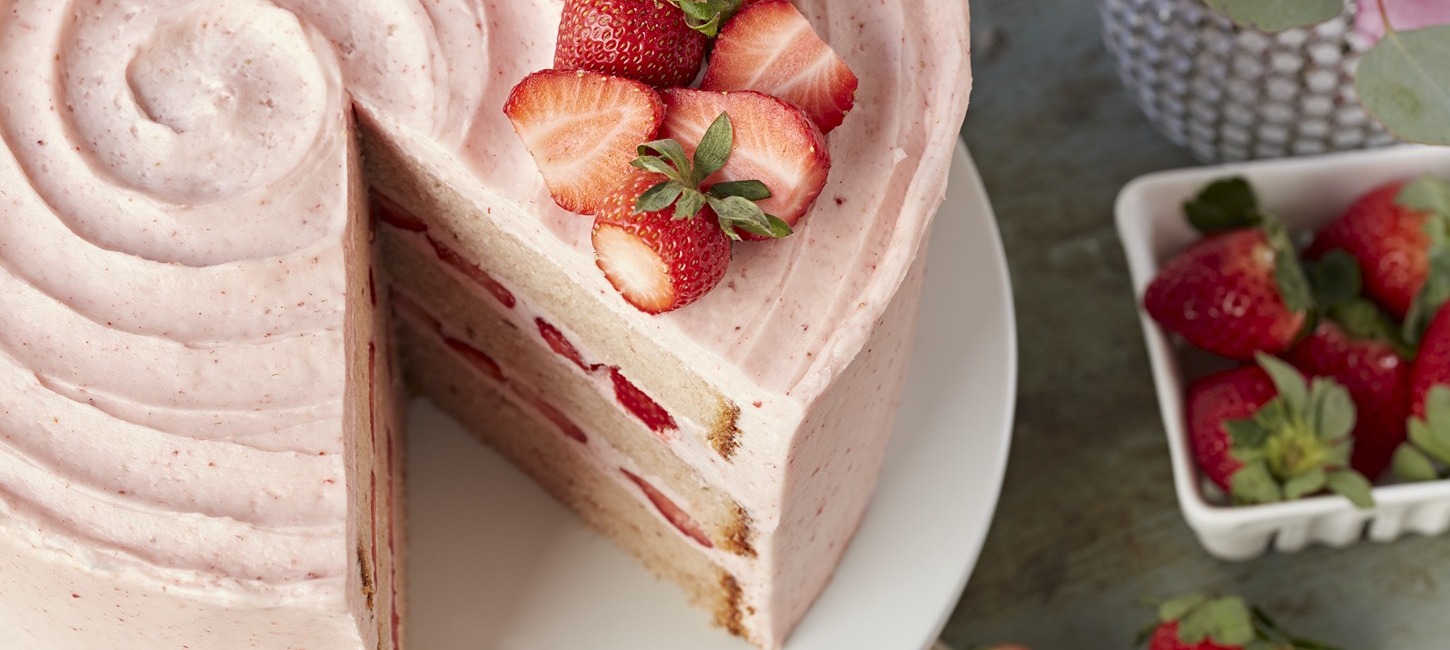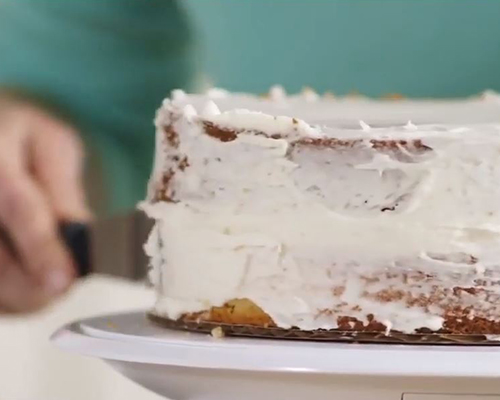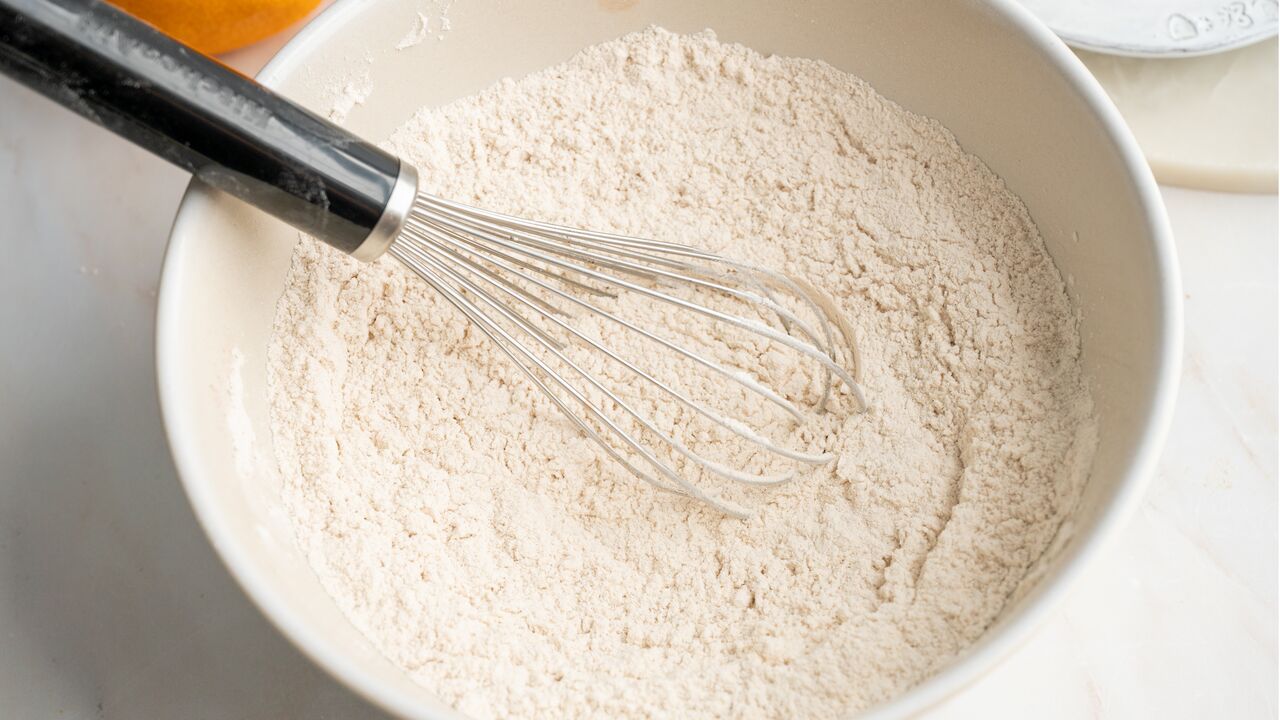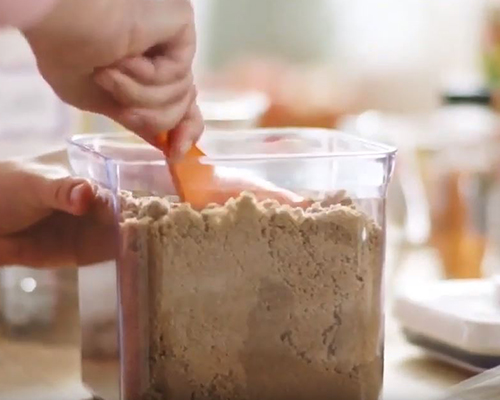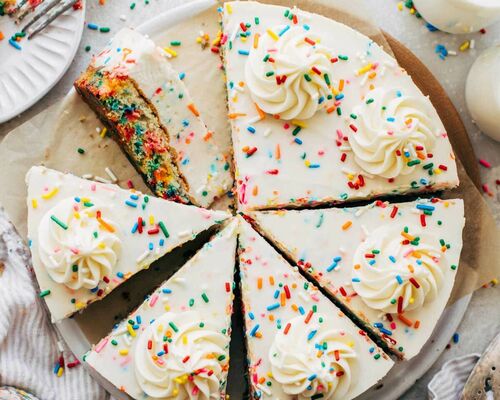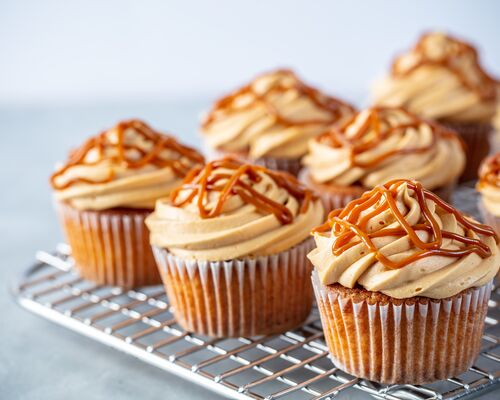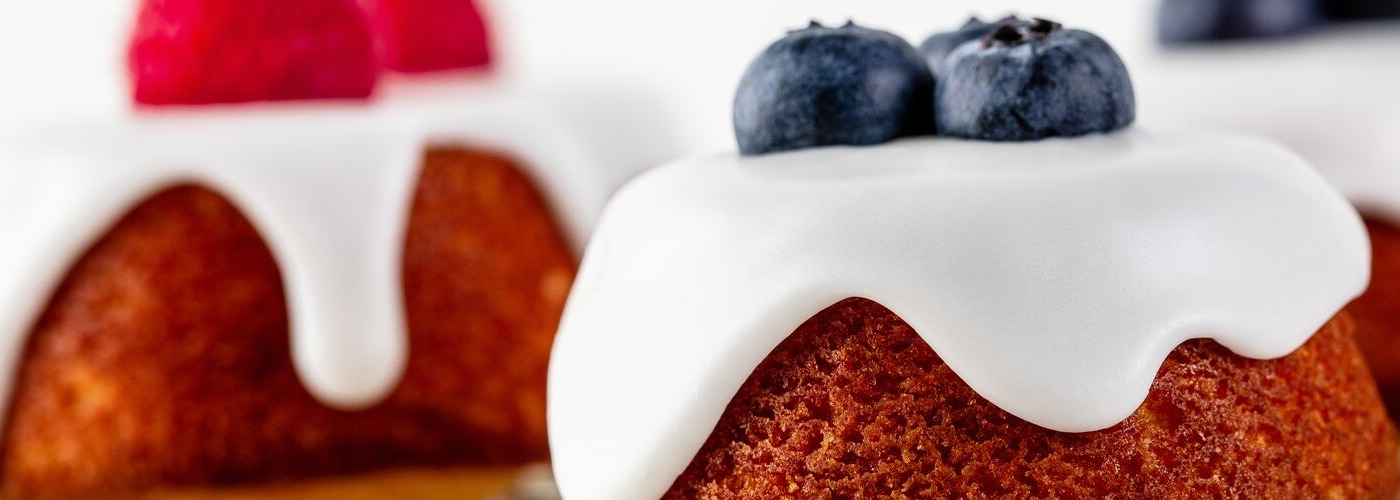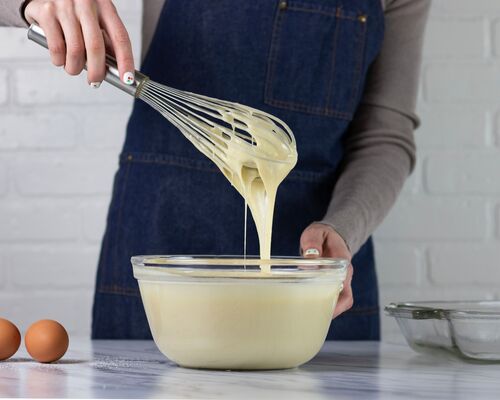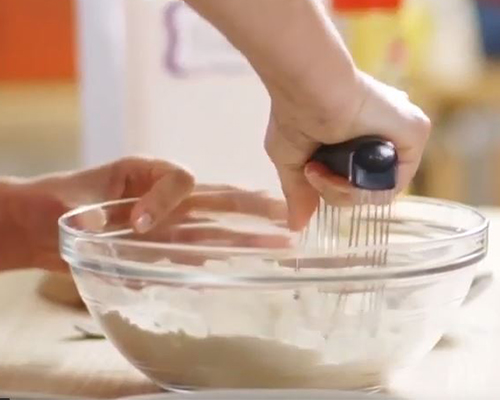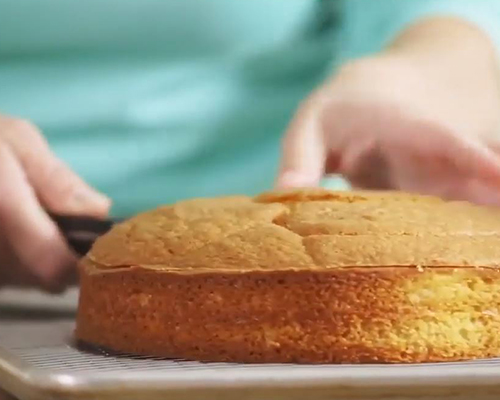
Categories: baking
Use Room Temperature Ingredients
This is the cardinal rule when it comes to cake making. It’s so important that all of your ingredients including butter, milk, eggs and yogurt are at room temperature so that everything mixes well together into a smooth batter. By creaming together room temperature butter and C&H sugar, you’ll create a fluffy, moist cake that is still sturdy enough to hold plenty of frosting. For best results, leave your ingredients out the night before you bake the cake. If you’re in a pinch, warm your eggs in a bowl of warm water for 10 minutes, keeping in mind that if your recipe calls for egg whites, it’s easier to separate the whites from the yolks when the eggs are cold. To warm the butter in a hurry, place cubed butter in a microwave at 50% power in 5-10 second increments. The butter is ready when it’s soft to the touch but not melted.
Do Not Over Mix the Batter
When it comes to mixing cake batter, less is more. Too much stirring can lead to a dense, flat cake. Avoid over mixing the batter once you add in the dry ingredients or you will risk deflating the light and fluffy texture you created while creaming the butter and sugar together. Once all of the wet and dry ingredients have come together and no clumps of flour remain, you are good to go! Don’t be tempted to continue mixing.
Prep Your Pans
A little prep goes a long way! For perfect layers, line the bottom of each pan with a circle of parchment paper and then grease the sides of the pan with nonstick baking spray. I like to use a baker’s spray that has a touch of flour in it for clean cake edges and a quick, easy release. Once your pans are prepped, divide the batter evenly between the cake pans. For perfectly uniform layers, place each pan on a digital kitchen scale and weigh each layer, adding or subtracting batter until they are all equal.
Chill the Cake Before Frosting
A properly baked layer cake will be light and tender which can make it a bit tricky to stack and frost when it comes time to assemble the cake. Most novice bakers rush to frost their cakes before the layers have had a chance to cool completely. I find that it’s so much easier to assemble the tiers when the cake layers are cold. Once the cake layers have cooled to room temperature, wrap each cake separately in plastic wrap and place them flat in the refrigerator or freezer for at least one hour. Once chilled, remove the layers from the plastic wrap and begin stacking and frosting the cake. Don’t forget the crumb coat which helps seal in those pesky crumbs. Refrigerate the stacked cake again for 15-30 minutes until the crumb coat is set. Then continue with the final layer of frosting and decorate with festive sprinkles, fresh flowers or fruit.
You don’t need a special occasion to bake a cake. Give these tips a try and get baking! Don’t worry if your cake doesn’t stack up perfectly. Practice makes perfect and it will still be delicious!
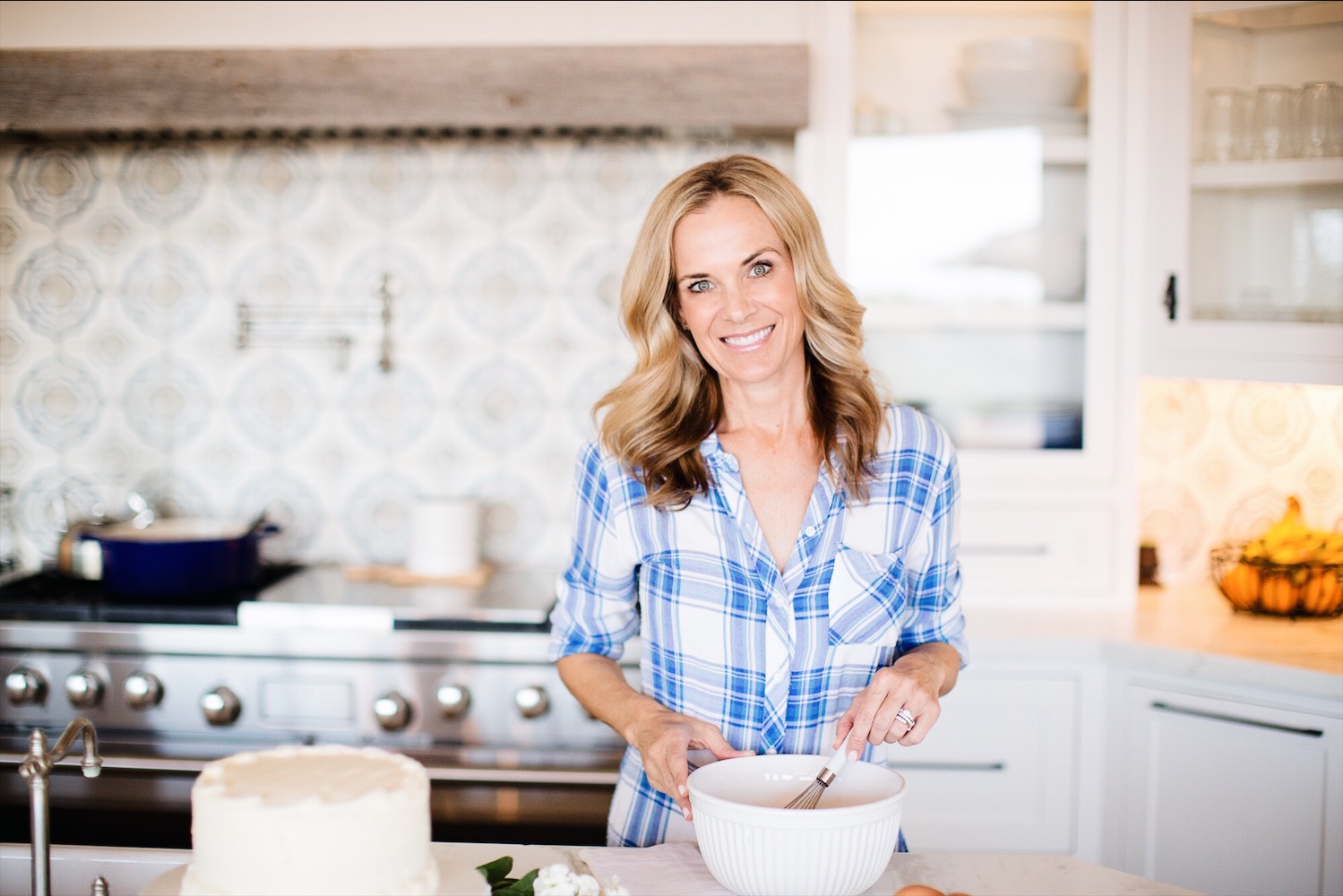
Recipe by
Heather Mubarak
@brownedbutterblondie
Heather is the sweets maker, picture taker and food writer behind Browned Butter Blondie where she shares her passion for deliciously simple and indulgent baked goods. Heather's insatiable sweet tooth inspires her to create decadent twists on everyday classics that are perfect for any occasion. Through tried and true recipes and drool worthy photos, Heather strives to be a trusted source for home bakers to get their daily fix of all things sweet - heavy on the chocolate!
